Top 5 Birds With Long Beaks
Top 5 Birds With Long Beaks
Summary
The top 5 birds with long beaks, including the flamingo, toucan, pelican, hummingbird, and sword-billed hummingbird, exhibit unique beak adaptations that serve specific purposes in their lives. From filtering food to reaching distant fruits and extracting nectar, their beaks play a crucial role in their survival. These birds showcase the remarkable diversity and ingenuity found in the avian world.
Introduction
Birds are extraordinary creatures that come in a wide array of shapes, sizes, and beak lengths. In this article, we will delve into the fascinating world of avian marvels and focus on the top 5 birds with long beaks. These birds have evolved remarkable adaptations that allow them to thrive in their diverse habitats. Join us on this captivating journey as we explore the beauty and functionality of their magnificent beaks.
Flamingos (Phoenicopterus)
Flamingos are captivating birds known for their elegant appearance and unique features. One of their most remarkable traits is their long, slender beaks that gracefully curve downwards. These beaks serve a crucial role in their feeding habits, allowing them to filter small organisms like algae and crustaceans from the water. Combined with their vibrant pink plumage, flamingos create a stunning sight in nature. Their beaks are specially adapted for their feeding behavior, with a structure consisting of comb-like plates called lamellae that act as a filter.
Flamingos are primarily filter feeders, submerging their heads in water while keeping their bodies upright. They use a pumping action to draw water and food towards their beaks, with the lamellae separating edible materials. Additionally, the distinctive pink color of flamingos develops over time as a result of their diet, particularly rich in carotenoids found in algae and other organisms. The more carotenoids they consume, the deeper and more intense their pink plumage becomes. Overall, flamingos’ long, curved beaks and vibrant pink feathers make them a truly fascinating sight in the animal kingdom.
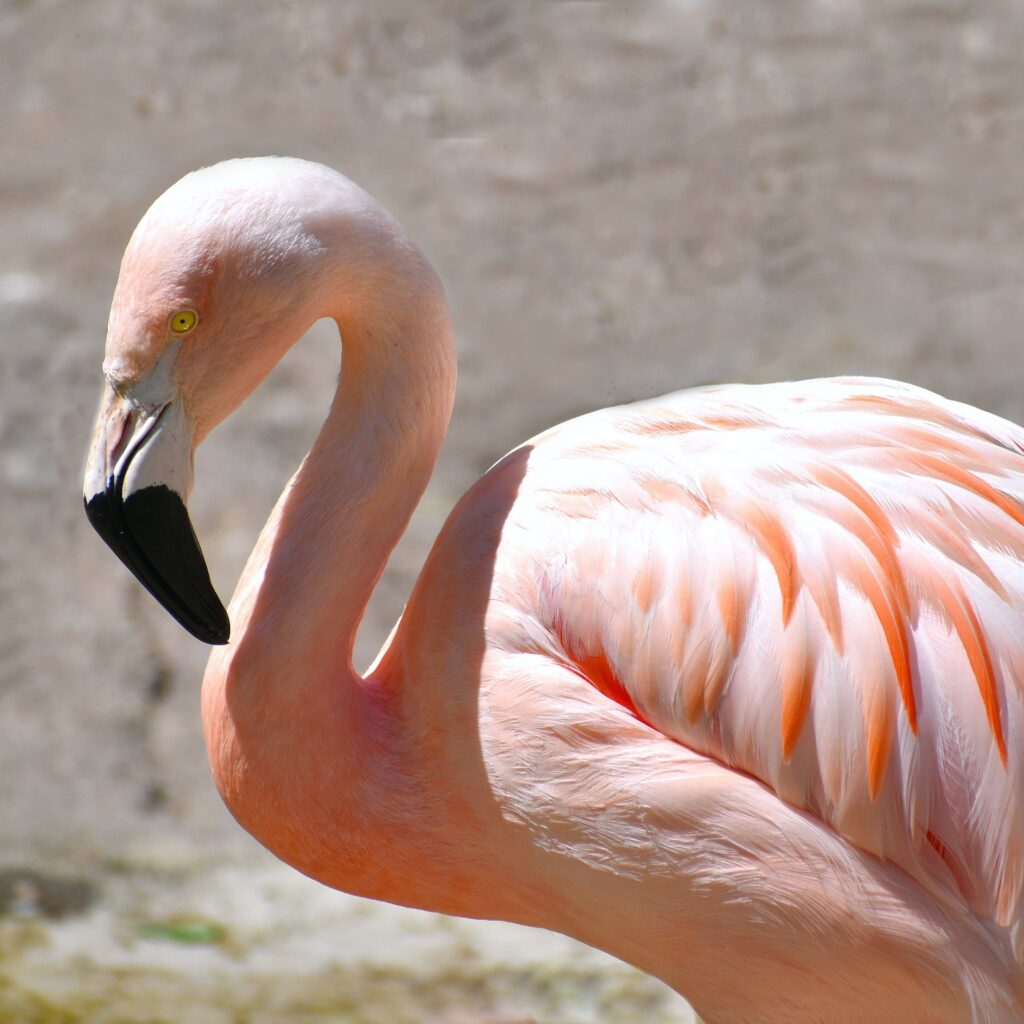
Toucans (Ramphastidae)
Toucans are renowned for their vibrant colors and large, lightweight beaks that possess remarkable functions. These unique beaks serve multiple purposes in the lives of toucans. Firstly, they enable the birds to reach fruits on distant branches, thanks to their long and curved structure.
Toucans primarily feed on fruits, and their specialized beaks allow them to pluck fruit from outer branches, granting them access to a wider variety of food sources. Despite their size, the beaks are surprisingly light due to their composition, which consists of a protein called keratin. This lightweight construction gives toucans agility and precision in their feeding behavior.
Additionally, toucans utilize their beaks for thermoregulation. The beak’s large surface area facilitates efficient heat exchange with the environment. When the temperature rises, blood vessels in the beak dilate, allowing excess heat to dissipate through the thin skin. This helps toucans regulate their body temperature and prevent overheating. In cooler temperatures, the blood vessels constrict, reducing heat loss and maintaining the birds’ internal warmth. Therefore, the toucans’ beaks serve as a vital tool not only for feeding but also for adapting to different environmental conditions. Their striking appearance and functional beaks make toucans unmistakable inhabitants of the tropical rainforests.
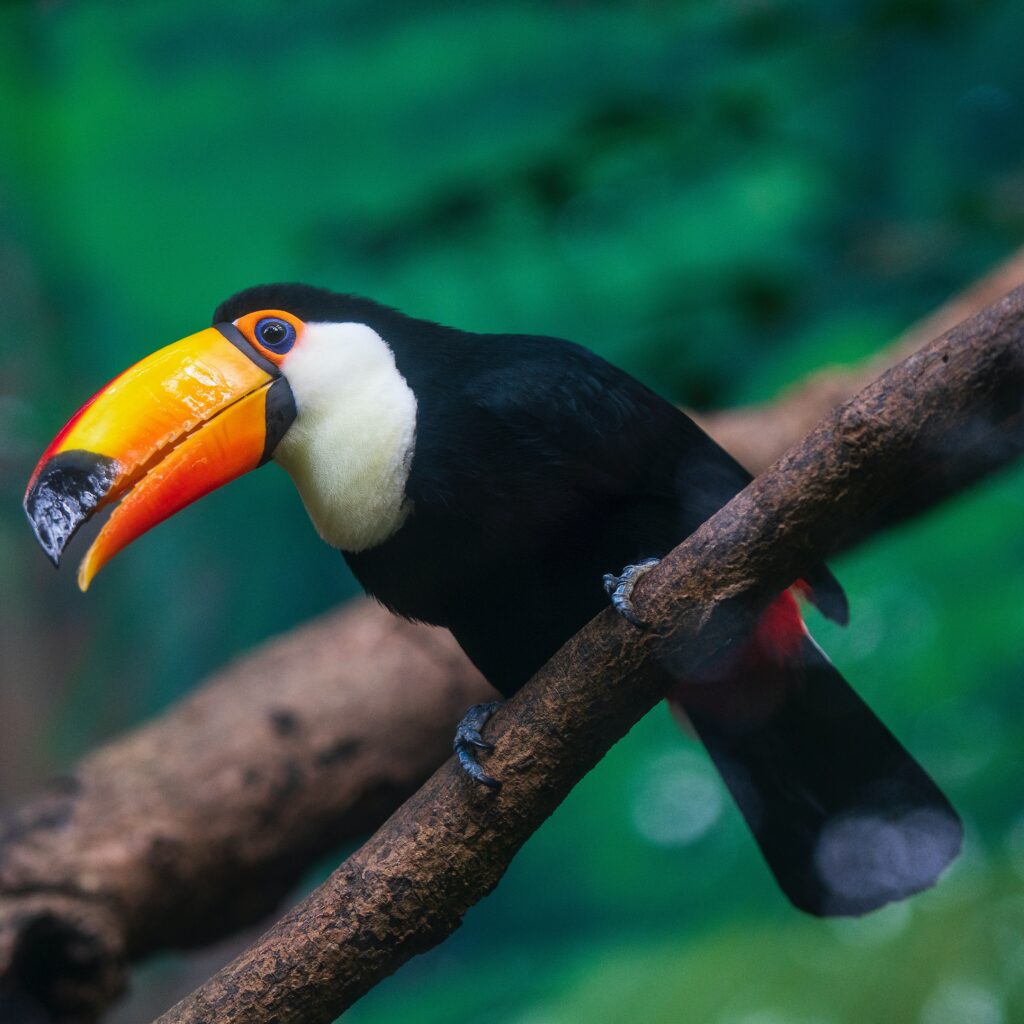
Pelican (Pelecanus)
Pelicans are remarkable birds equipped with long, sturdy beaks that are perfectly adapted for their unique feeding technique. One of the most distinctive features of pelicans is their large pouch-like beak, which serves as an efficient tool for capturing prey. These birds use their beaks to scoop up fish from the water’s surface, taking advantage of their keen eyesight to spot their prey. Once the fish is caught in their pouch, pelicans tilt their heads back to swallow it whole, ensuring a swift and efficient feeding process. This specialized beak structure enables pelicans to thrive in various aquatic habitats around the world, making them formidable hunters and survivors in their environments.
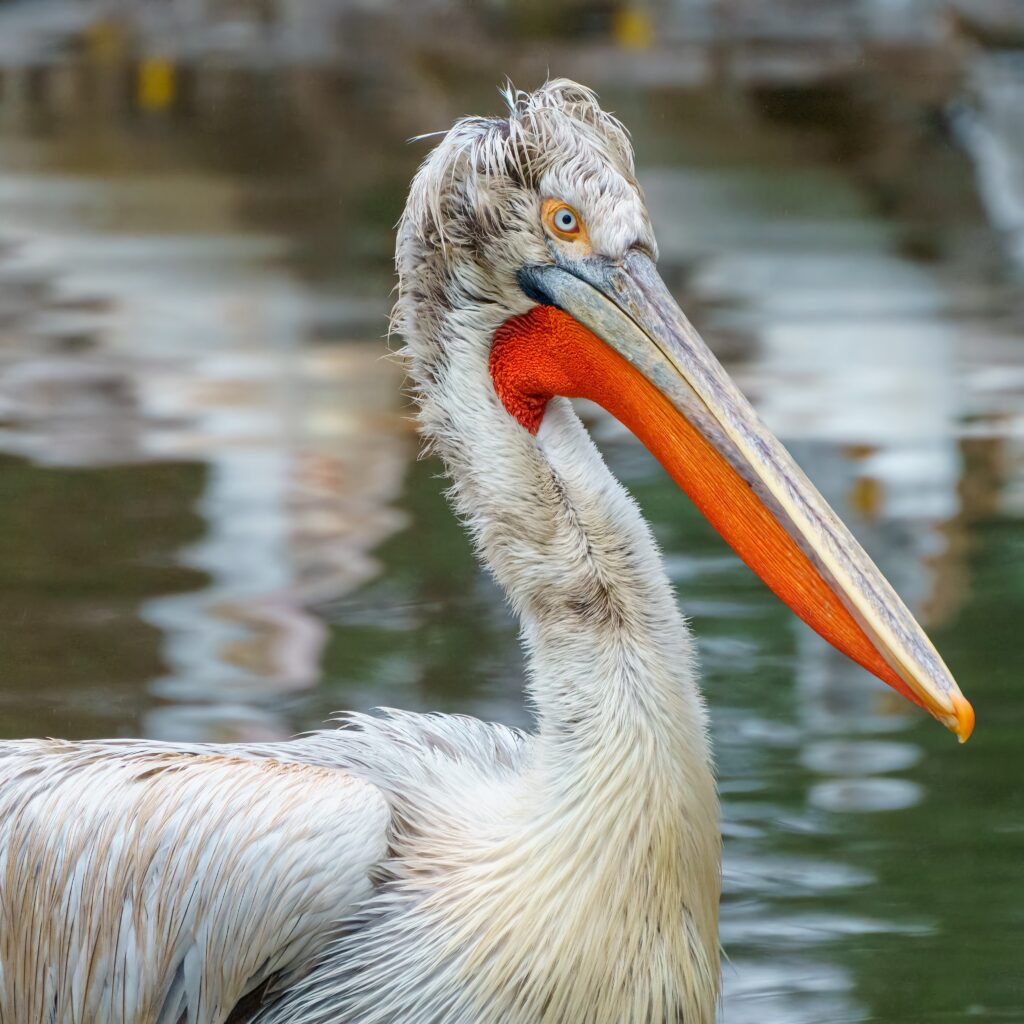
Hummingbird (Trochilidae)
Hummingbirds, known for their small size, possess long and slender beaks that play a vital role in their survival. These remarkable birds rely on their specialized beaks to extract nectar from flowers with astonishing precision. The length of their beaks allows them to reach deep into the core of flowers, where the energy-rich nectar is hidden. With remarkable dexterity, hummingbirds hover in front of a flower and extend their beaks to access the sweet nectar. Their slender beaks provide the necessary reach to access the deepest parts of the flower, ensuring they can obtain the nourishment they need.
In addition to their long beaks, hummingbirds possess a specialized tongue that complements their feeding process. When extended, their tongues split into two slender, tubular branches that can delve even further into the flower. This unique tongue structure, combined with the length of their beaks, allows hummingbirds to reach the hidden nectar with ease. As they lap up the nectar, the grooved and brush-like surface of their tongues collects the liquid, enabling them to consume a substantial amount of nectar in each visit. The intricate interplay between the hummingbirds’ slender beaks and specialized tongues ensures their ability to extract and consume the vital nectar they require for their high-energy lifestyle.

Sword-Billed Hummingbird (Ensifera ensifera)
Within the world of hummingbirds, the sword-billed hummingbird stands out with its extraordinary feature: an exceptionally long beak that can exceed its entire body length. This remarkable adaptation sets it apart from other hummingbird species and enables it to thrive in its unique ecological niche. The elongated beak of the sword-billed hummingbird serves a vital purpose—it allows the bird to feed on flowers with long corollas, accessing nectar that is inaccessible to other hummingbird species.
The length of the sword-billed hummingbird’s beak is an incredible adaptation that provides it with a distinct advantage in its foraging behavior. Many flowers have evolved long and tubular corollas as a means of specialization, often to accommodate specific pollinators. These flowers hold nectar deep within their corollas, effectively barring access to most hummingbirds. However, the sword-billed hummingbird’s exceptionally long beak allows it to reach the nectar hidden within these specialized flowers, securing a valuable food source that would otherwise be unattainable.
The sword-billed hummingbird’s beak length is a fascinating example of the immense diversity found in the avian world. This unique adaptation showcases the remarkable ways in which species have evolved to exploit their environment and thrive in specialized ecological niches. The sword-billed hummingbird’s distinctive beak serves as a testament to the astonishing adaptations that have arisen in nature, highlighting the incredible variety and ingenuity found within the animal kingdom.
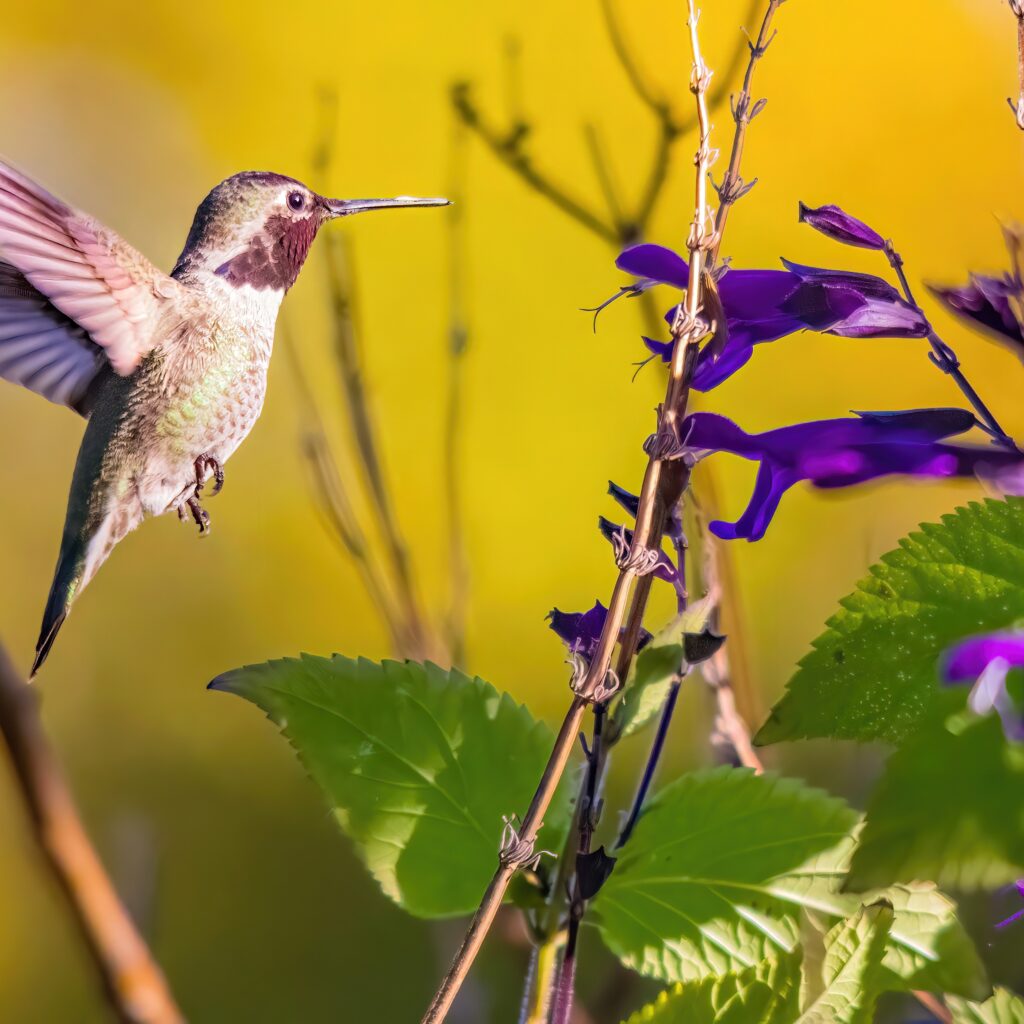
Conclusion
The world of birds never fails to amaze us, and the top 5 birds with long beaks exemplify the incredible adaptations that nature has bestowed upon them. Their beaks, whether curved, oversized, pouch-like, slender, or exceptionally long, are masterpieces of design and functionality. These birds remind us of the boundless wonders of evolution and the remarkable ways in which animals have adapted to their environments. Observing the unique beaks of these birds is a testament to the beauty and diversity of the avian kingdom.
Frequently Asked Questions
Flamingos:
Q: How do flamingos sleep while standing on one leg?
A: Flamingos have the ability to lock their leg joints into position, allowing them to sleep while standing on one leg. This unique adaptation helps them conserve energy and maintain balance.
Q: Why do flamingos build large mud mounds?
A: Flamingos build large mud mounds as nests to protect their eggs from flooding and predators. The mud acts as a sturdy foundation and helps regulate the temperature of the eggs.
Toucans:
Q: How do toucans use their beaks to eat?
A: Toucans use their large, colorful beaks to reach and grasp fruits. Their beaks are also strong enough to crack open nuts and seeds, allowing them to access a variety of food sources.
Q: Do toucans make any sounds?
A: Yes, toucans produce a variety of vocalizations, including croaking, growling, and a range of other calls. These sounds are used for communication, establishing territory, and attracting mates.
Pelicans:
Q: How do pelicans catch fish with their beaks?
A: Pelicans have a unique feeding technique known as plunge diving. They soar high above the water and then dive into it, using their beaks as a net to scoop up fish. After catching the fish, they drain the water out of their pouch before swallowing their prey.
Q: How far can pelicans fly during migration?
A: Pelicans are known for their long-distance migrations. Some species, such as the American White Pelican, can travel thousands of miles between their breeding and wintering grounds.
Hummingbirds:
Q: How fast do hummingbirds beat their wings?
A: Hummingbirds have incredibly rapid wingbeats, with an average rate ranging from 50 to 80 beats per second, depending on the species. This allows them to hover in mid-air and fly in various directions with exceptional maneuverability.
Q: Do hummingbirds only feed on nectar?
A: While nectar forms a significant part of their diet, hummingbirds also consume small insects and spiders to supplement their nutrition with protein and other essential nutrients.
Sword-Billed Hummingbirds:
Q: How long is the beak of a sword-billed hummingbird?
A: The beak of a sword-billed hummingbird can be longer than the rest of its body, measuring up to 4 inches (10 centimeters) in length. This adaptation allows it to access nectar from flowers with long corollas that other hummingbirds cannot reach.
Q: Can sword-billed hummingbirds fly with their long beaks?
A: Despite the remarkable length of their beaks, sword-billed hummingbirds are capable of flying and maneuvering with agility. Their lightweight beaks, coupled with their strong flight muscles, enable them to navigate their environment effectively.
Remember to respect and observe these remarkable birds from a distance to avoid causing any disturbance or harm to their natural behaviors and habitats.

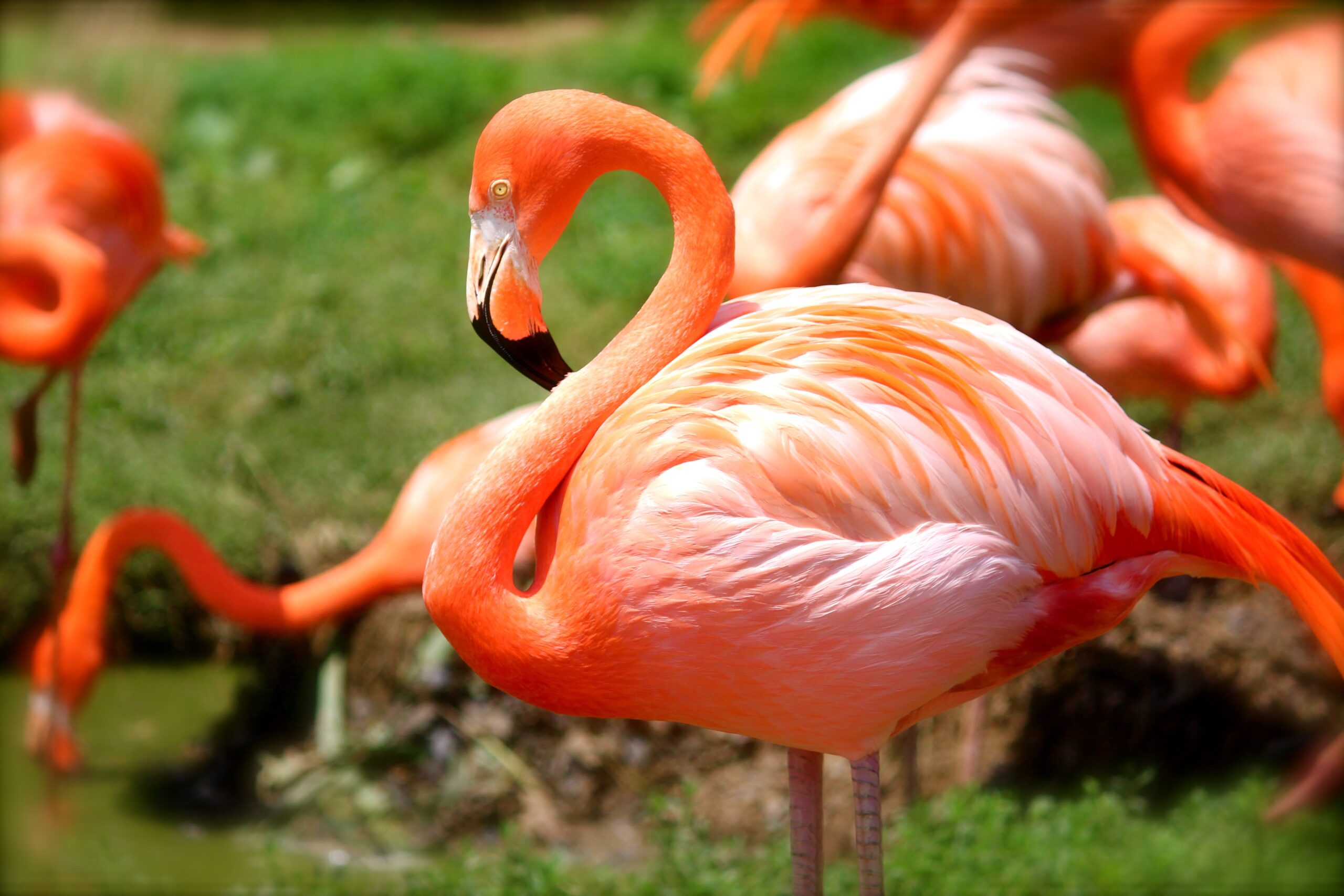
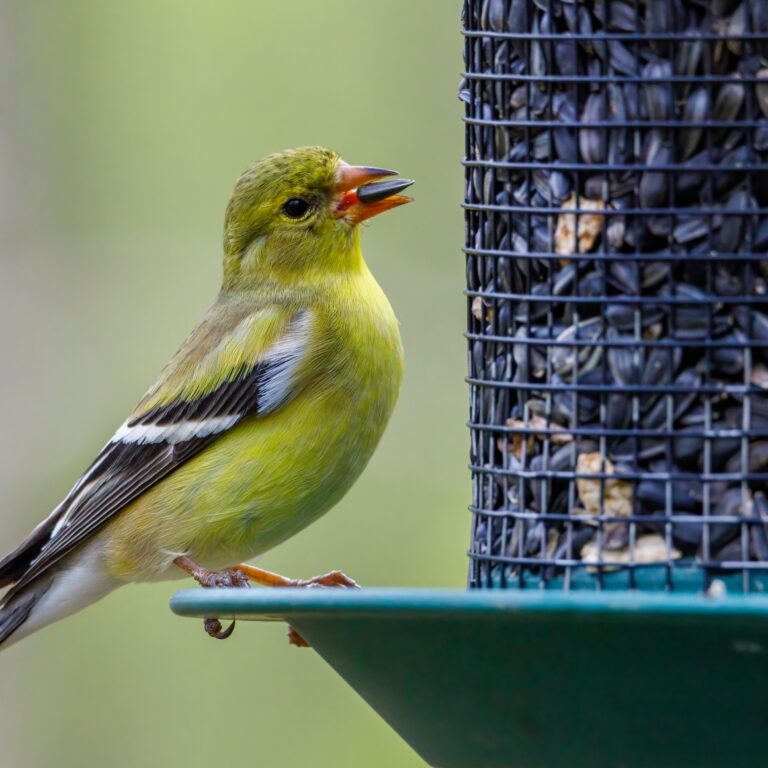
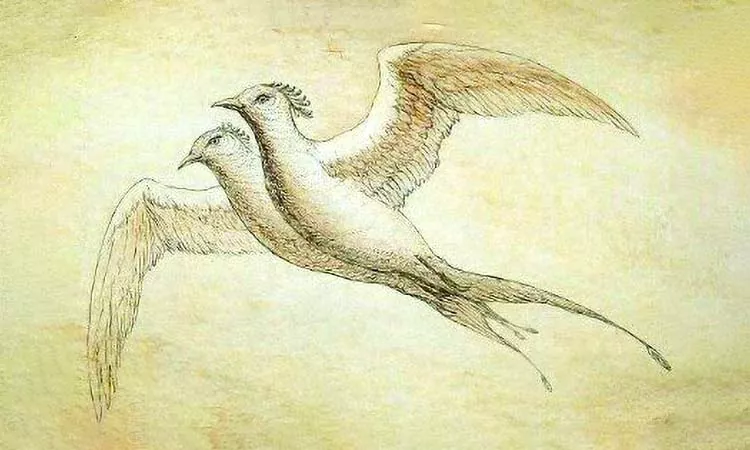
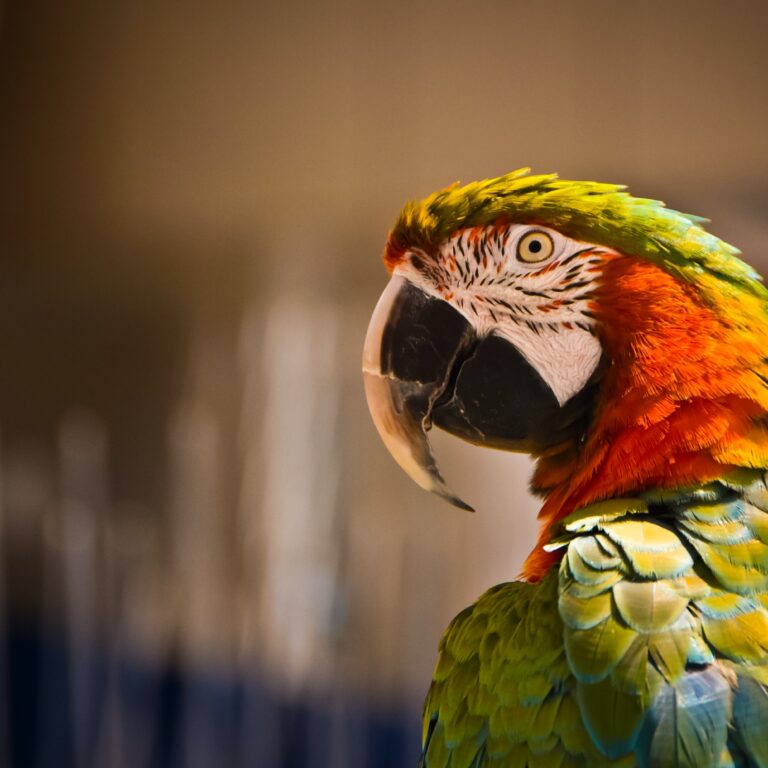
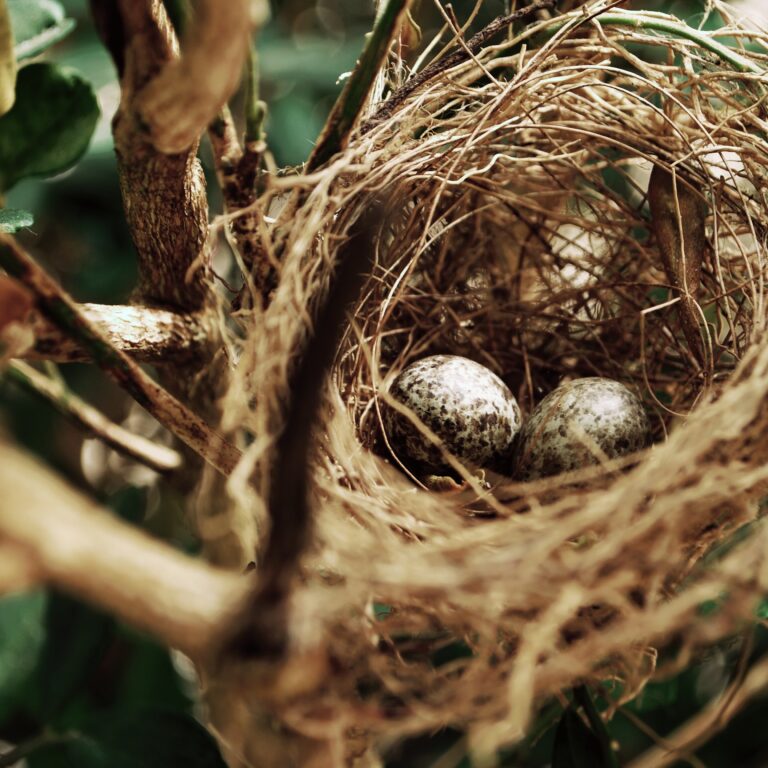
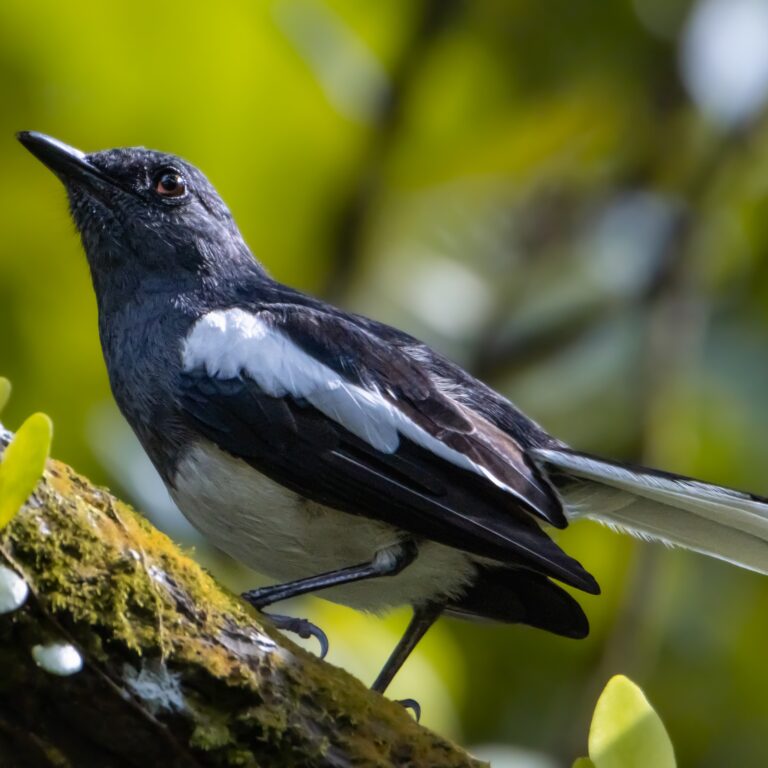
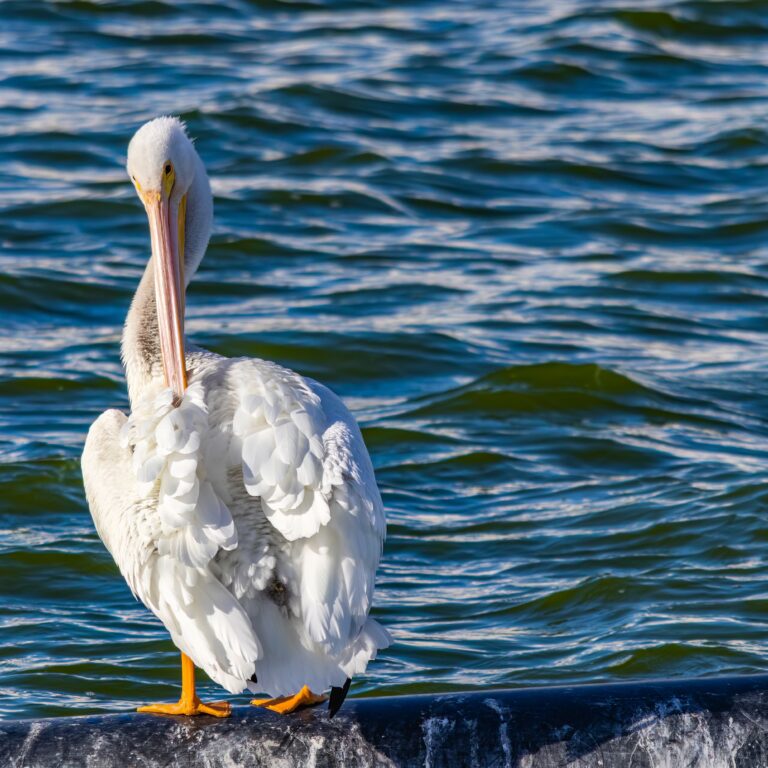
One Comment